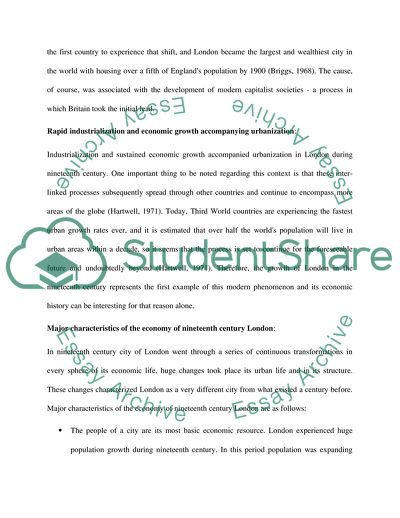Cite this document
(In Economic History of London Assignment Example | Topics and Well Written Essays - 3750 words, n.d.)
In Economic History of London Assignment Example | Topics and Well Written Essays - 3750 words. https://studentshare.org/history/1713316-why-was-the-economy-of-nineteenth-century-london-so-dynamic
In Economic History of London Assignment Example | Topics and Well Written Essays - 3750 words. https://studentshare.org/history/1713316-why-was-the-economy-of-nineteenth-century-london-so-dynamic
(In Economic History of London Assignment Example | Topics and Well Written Essays - 3750 Words)
In Economic History of London Assignment Example | Topics and Well Written Essays - 3750 Words. https://studentshare.org/history/1713316-why-was-the-economy-of-nineteenth-century-london-so-dynamic.
In Economic History of London Assignment Example | Topics and Well Written Essays - 3750 Words. https://studentshare.org/history/1713316-why-was-the-economy-of-nineteenth-century-london-so-dynamic.
“In Economic History of London Assignment Example | Topics and Well Written Essays - 3750 Words”. https://studentshare.org/history/1713316-why-was-the-economy-of-nineteenth-century-london-so-dynamic.


